The UK has undergone huge social, scientific and technological change over the last 70 years - but Queen Elizabeth II has remained a constant, stabilising presence.
Take a visual journey through this incredible period of history the Queen has witnessed and been part of.

From the dawn of the Space Age, to plans to populate Mars
The Space Age kicked off with the launch of the first space satellite, Sputnik 1, in 1957. Just over a decade later humans landed on the Moon for the first time, but the race into Space also brought challenges. The Apollo 13 mission had to be aborted in 1970 and the space shuttle Challenger exploded shortly after launch in 1986.
Helen Sharman became the first British astronaut in space in 1991, while Briton Tim Peake was the first to be publicly-funded. Now, Nasa rovers continue to explore Mars and plans are afoot to populate the red planet.
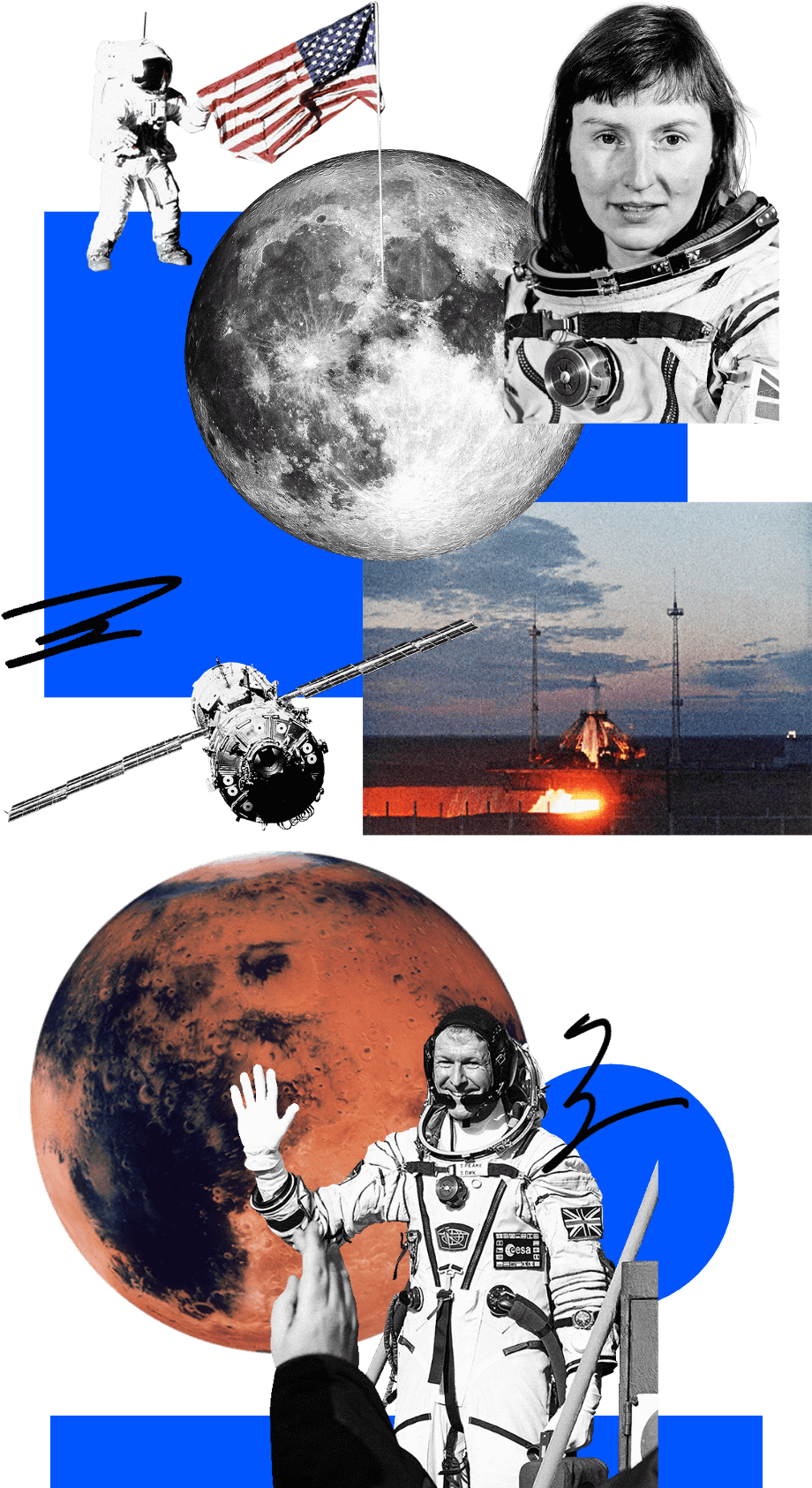

From televisions entering homes, to virtual reality
The 1950s saw TV sets become standard in homes and commercial channels begin to emerge. In 1953, the Queen’s coronation was a national TV event, with more than 20 million people gathering to watch.
The 1960s saw the beginnings of colour TV and viewers become gripped by popular TV programmes like Doctor Who.
Cable and satellite TV arrived in the 1980s and the UK's parliament is televised for the first time. Programmes are now watched on demand and virtual reality is the new frontier.
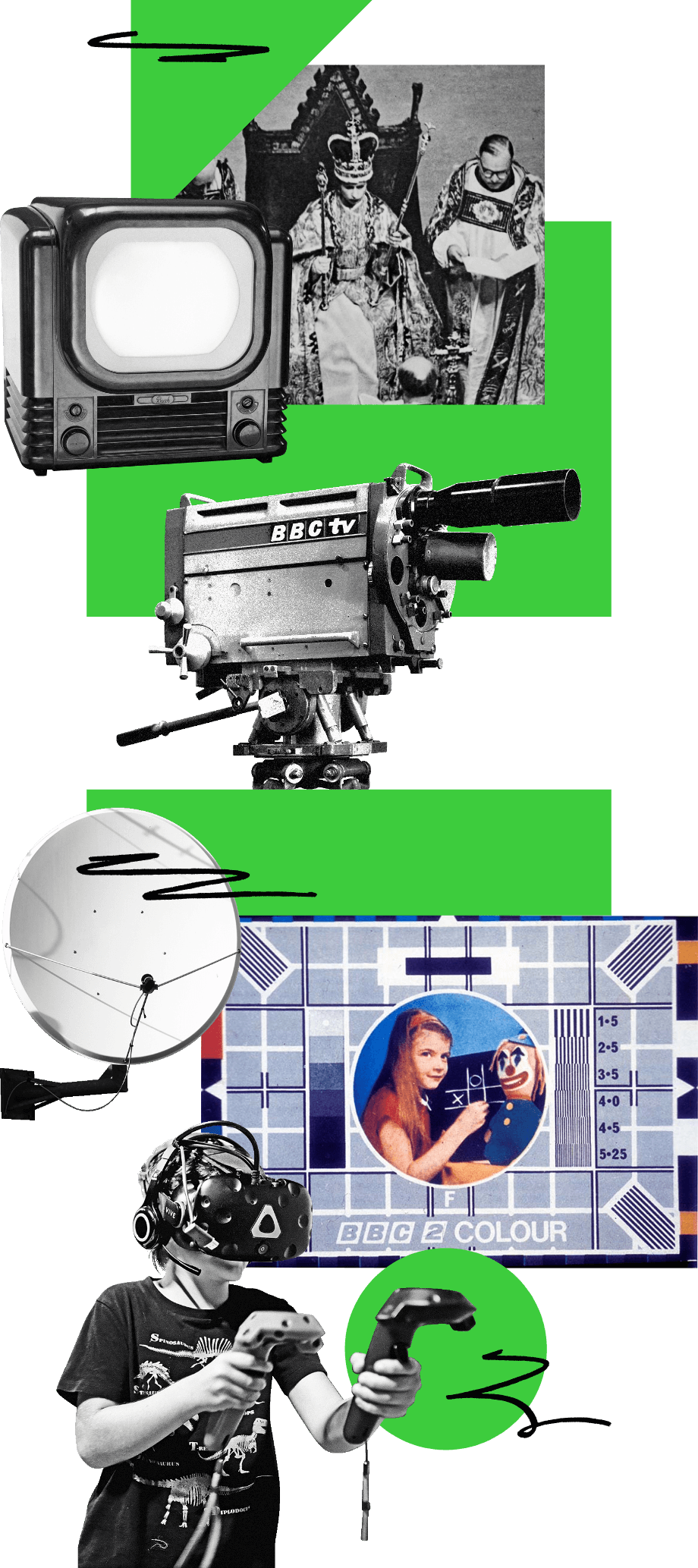

From the birth of rock ‘n roll to music streaming
Elvis Presley bursts onto US TV screens in 1956 as vinyl sales began to soar. In the 1960s, Beatle-mania took the world by storm, while icons Aretha Franklin, Bob Marley, David Bowie and the Sex Pistols went on to take music to new places.
Hip hop emerged from New York's Bronx district in the 1970s and the the 1980s saw Madonna earn her title 'Queen of Pop'. Rave music swept the UK in the 1990s and Grime became a major British export a decade later. Music fans can now listen to any kind of music wherever they want on demand.

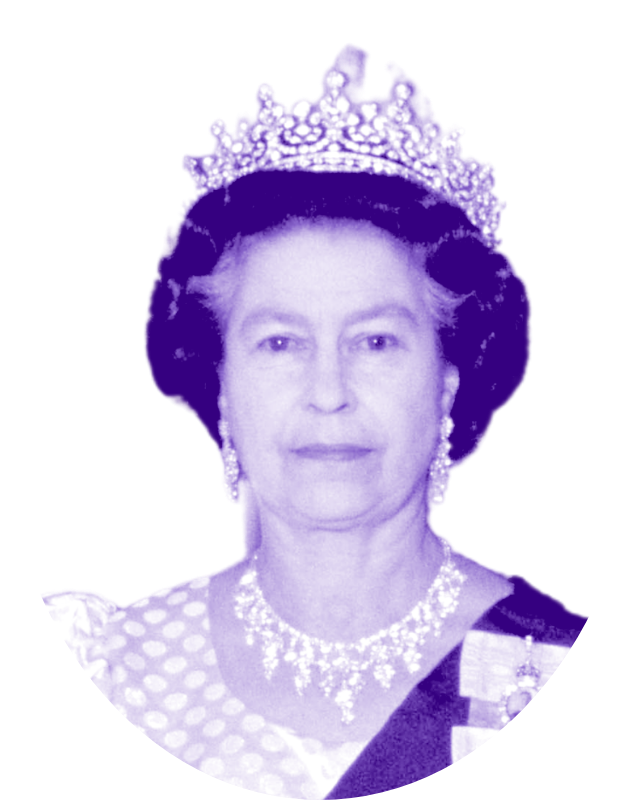
From civil rights, to black lives matter
The US outlawed segregation in schools on the basis of race in 1954 but a voting rights march in Selma, Alabama, a decade later was met with violence from authorities. Civil rights leader Martin Luther King was shot dead in Memphis, Tennessee, in 1968.
Apartheid ended in South Africa in the early 1990s and Nelson Mandela was released from jail, before going on to become South African president. In the US, meanwhile, riots took place in Los Angeles over the acquittal of four police officers accused of beating African-American Rodney King.
The #blacklivesmatter hashtag was used for the first time in 2013 and has grown into a political movement, particularly after the death of African-American George Floyd, murdered by a police officer in Minneapolis.
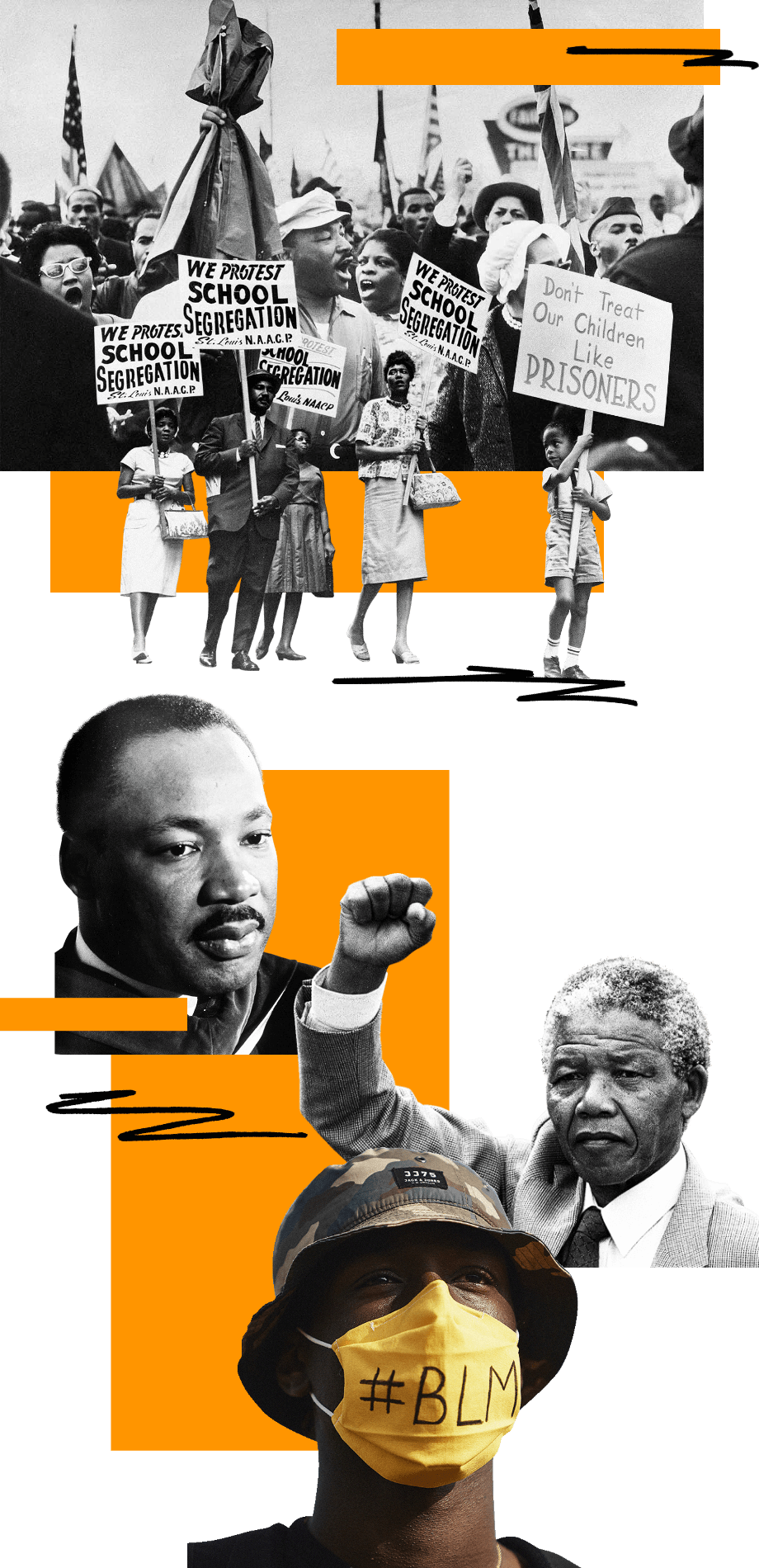
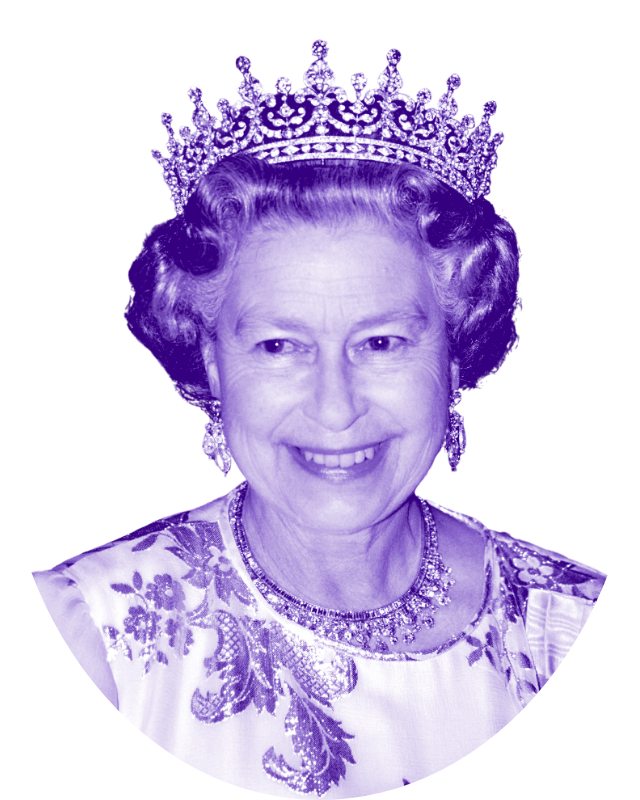
From Cold War, to the end of the Soviet Union
Communist East Germany began building a wall through Berlin in 1961 to stop mass defections. A year later, the Soviet Union threatened to deploy nuclear missiles to Cuba - not far from the US.
The US and Soviet Union then agreed not to increase arms, while pro-democracy movements in eastern Europe led to the fall of the Berlin Wall in 1989. The US and Russia signed another agreement and West and East Germany became reunited. The Soviet Union broke up and US President Bill Clinton and Russian leader Boris Yeltsin announced a new era in relations.
In recent years, Russia invaded Ukraine twice, bringing it in conflict with the West once again.

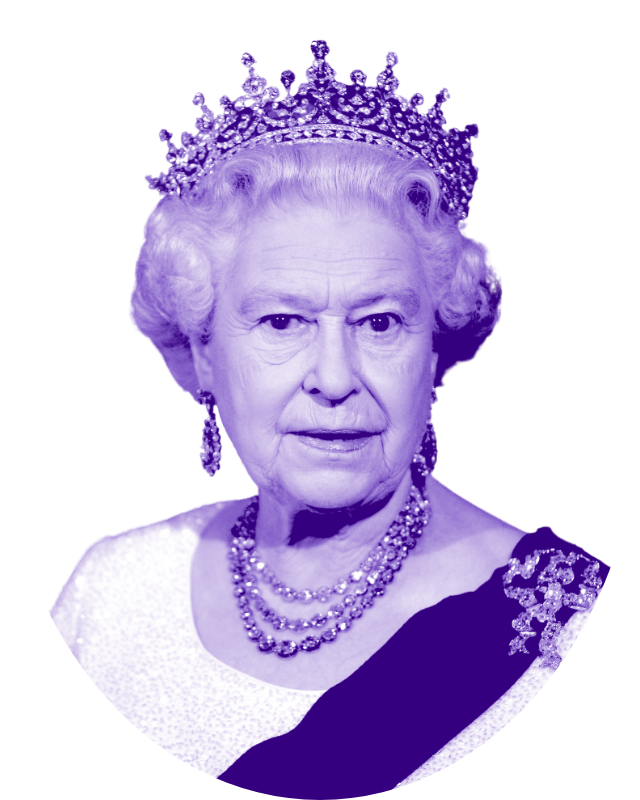
From the decriminalisation of homosexuality, to same-sex marriage
Homosexuality was decriminalised in 1967 but the gay community continued to campaign for equal rights. The Stonewall riots in 1969 in New York, in response to police harassment, galvanised gay and lesbian activism.
The Aids epidemic devastated lives in the 1980s. Thousands marched against "Section 28" and Stonewall UK was set up. A bombing at the Admiral Duncan, one of Soho's oldest gay pubs, in 1999 killed three.
The first same-sex marriage was celebrated in 2014 and the pride movement's flag was later updated to celebrate the diversity of the LGBTQ+ community.

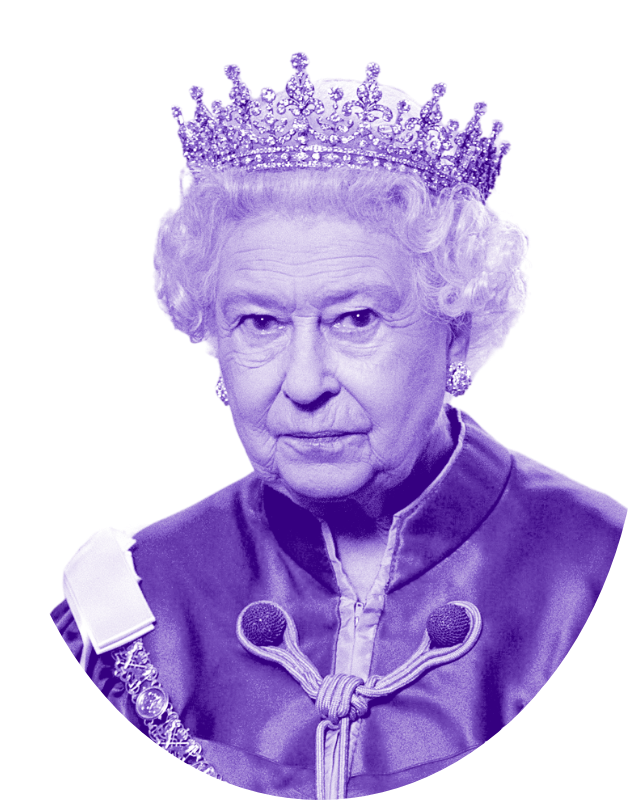
From the dawn of the tech industry, to voice-activated devices
Tech giants Apple and Microsoft were founded by Steve Jobs and Bill Gates in the 1970s. The work of US engineer Radia Perlman helped computers talk to each other, leading to the birth of the internet in the 1980s.
British computer scientist Tim Berners-Lee then invented the world wide web in 1989. The web nurtured platforms such as eBay, Google, Wikipedia, Facebook and Twitter.
Mobile technology advanced from brick phones to smaller devices and smartphones. Voice-activated and wearable tech at home and on the move means we can now access information wherever we are.
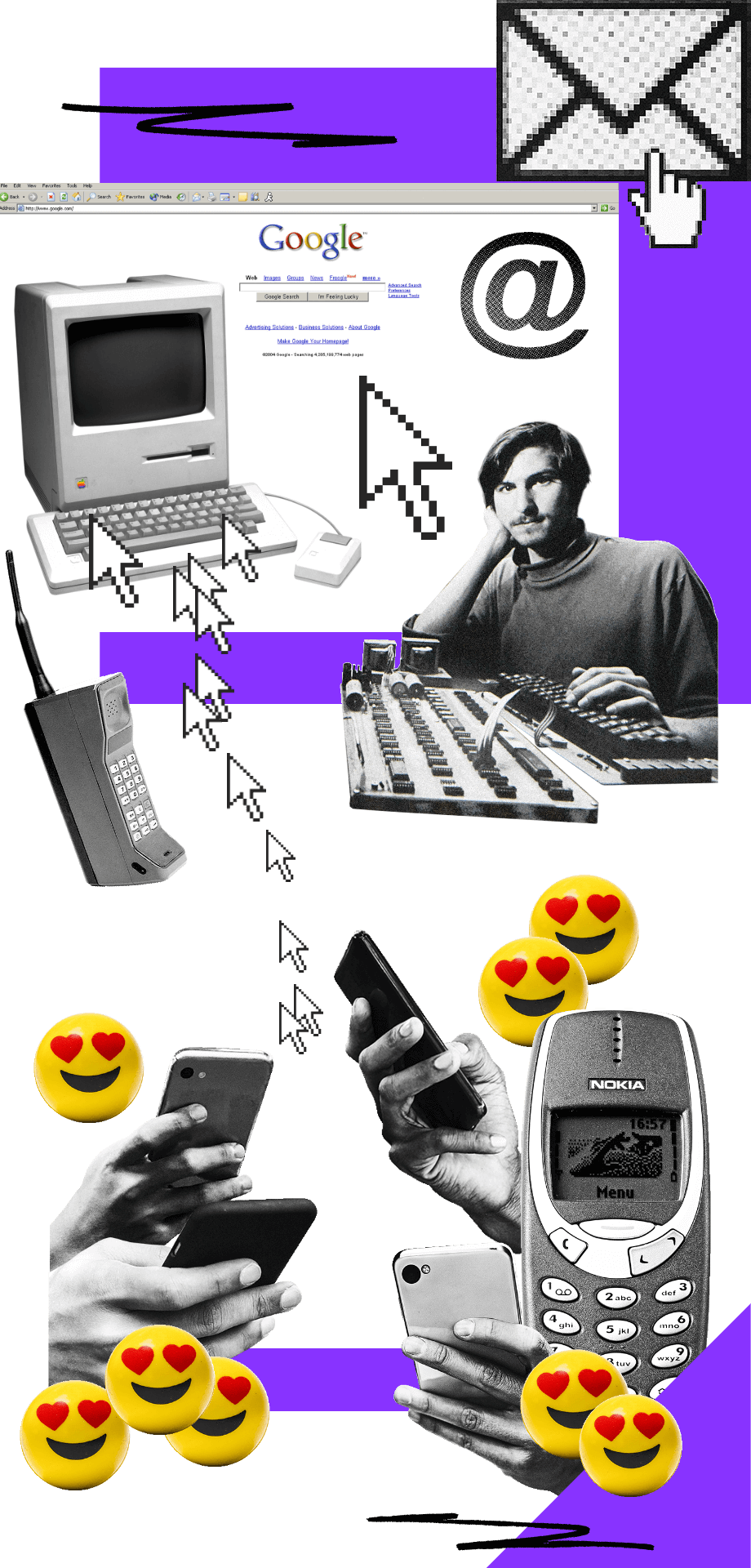

While witnessing history take these gigantic leaps, the Queen has also seen her own role transformed.
The end of the British Empire and a shrinking Commonwealth means she is now monarch of just 15 countries, rather than the 70 overseas territories at the start of her reign.
She remains the longest-serving British monarch in history, reaching seven decades on the throne.
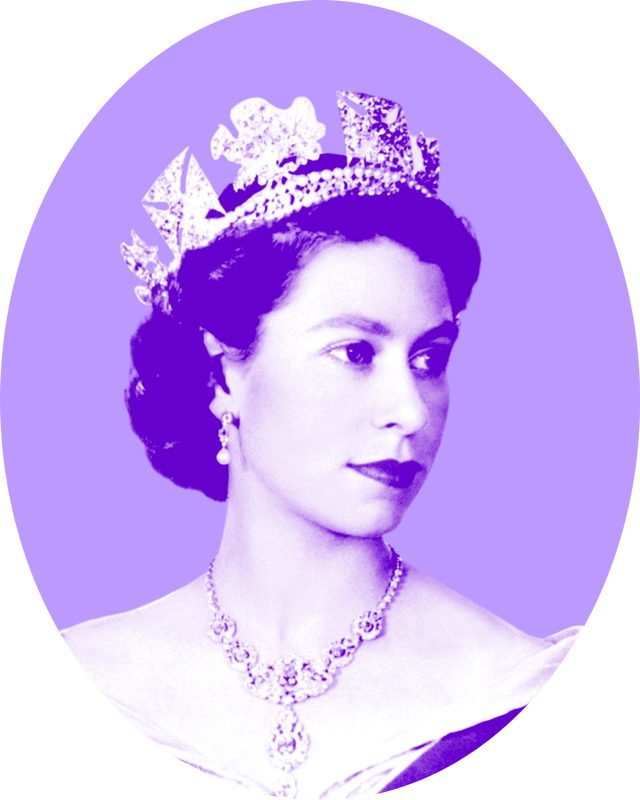
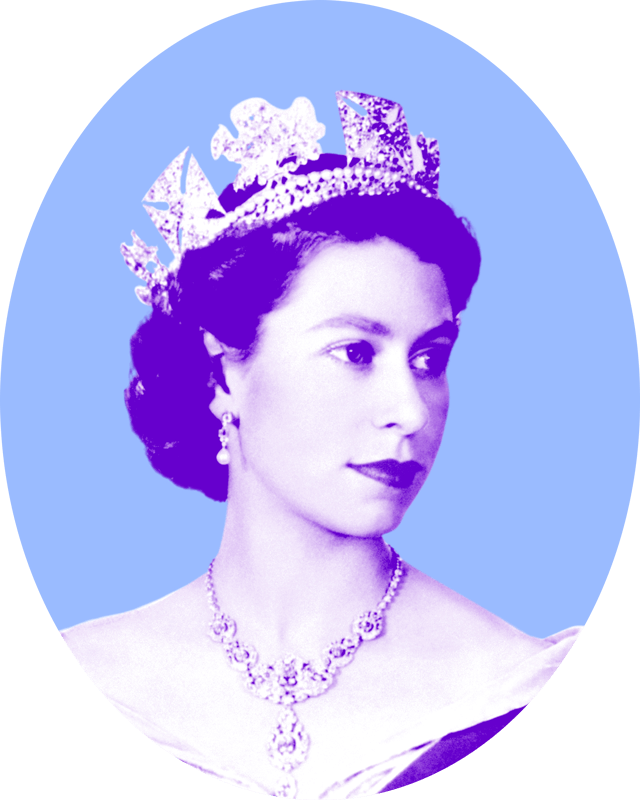
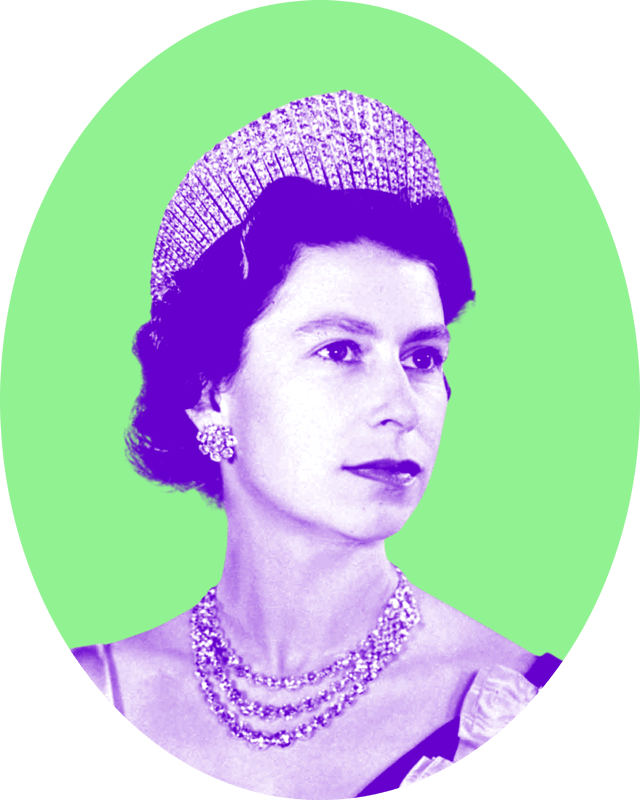
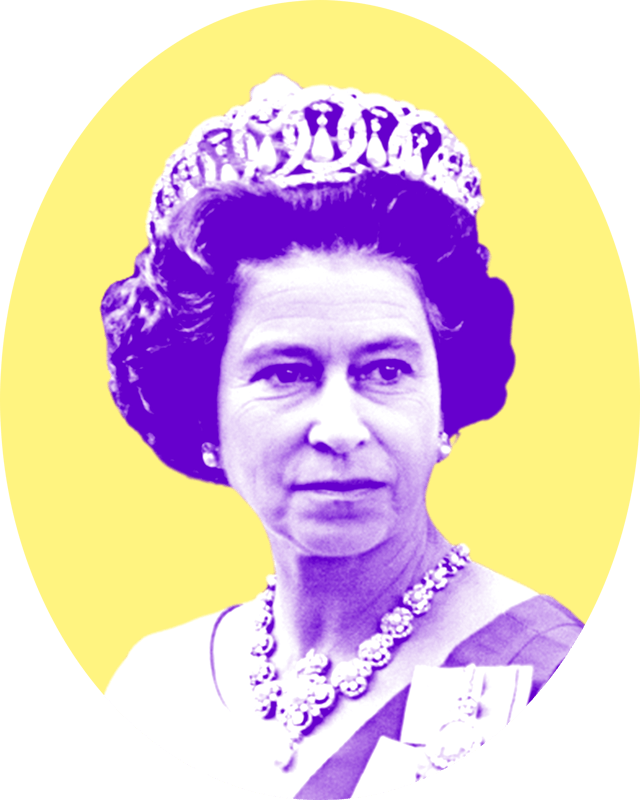
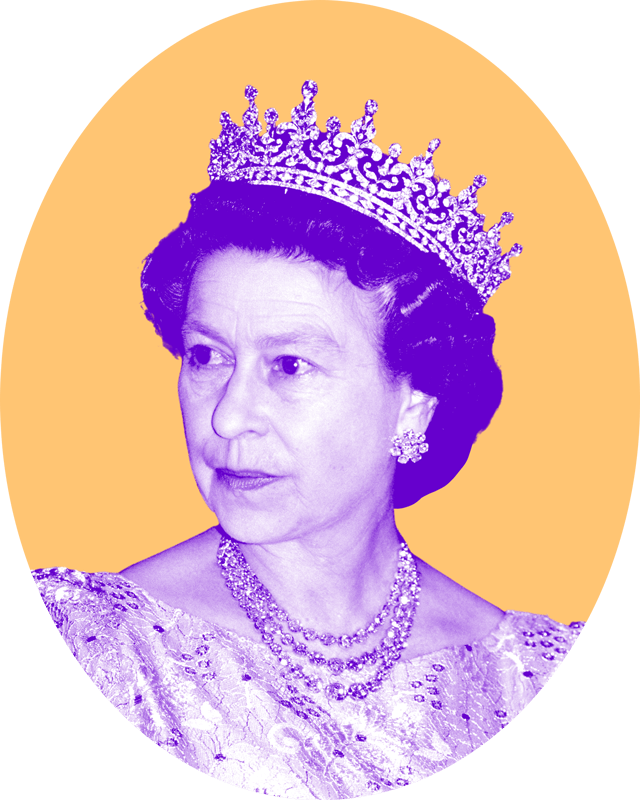
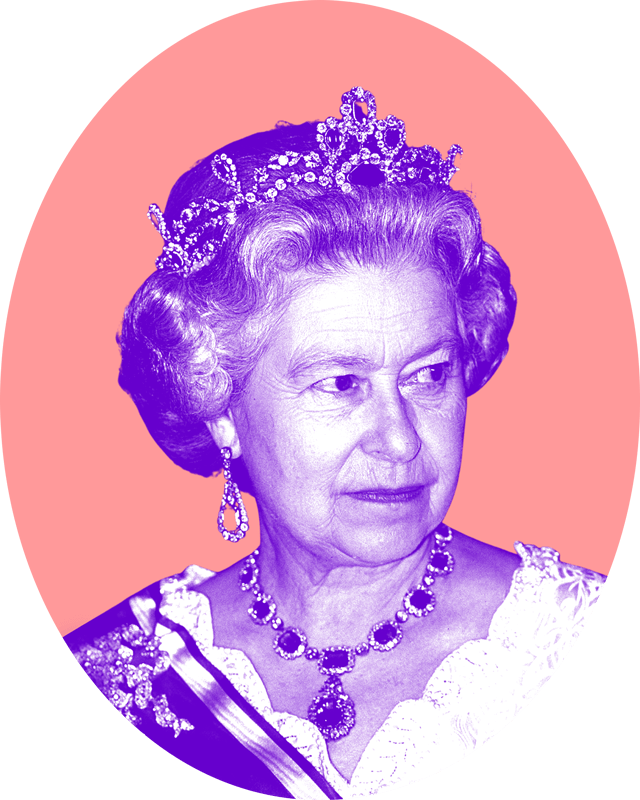
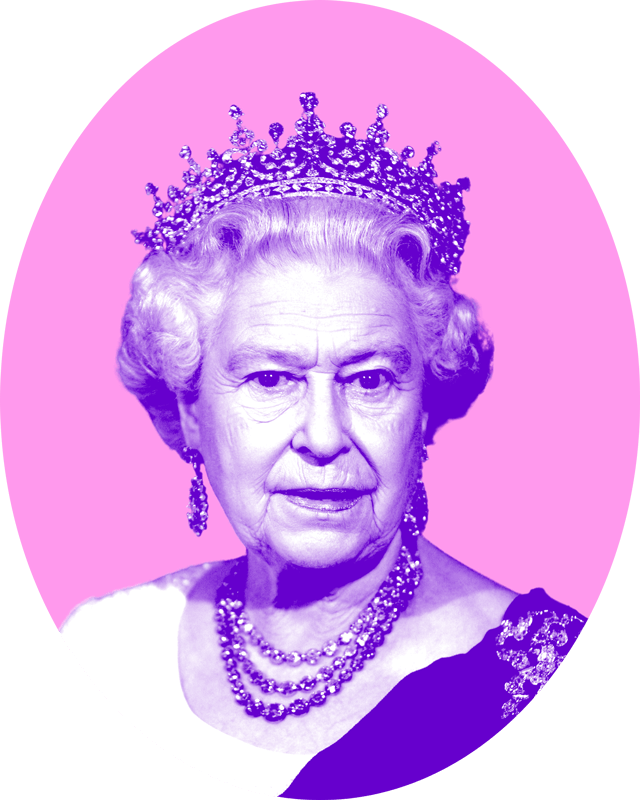
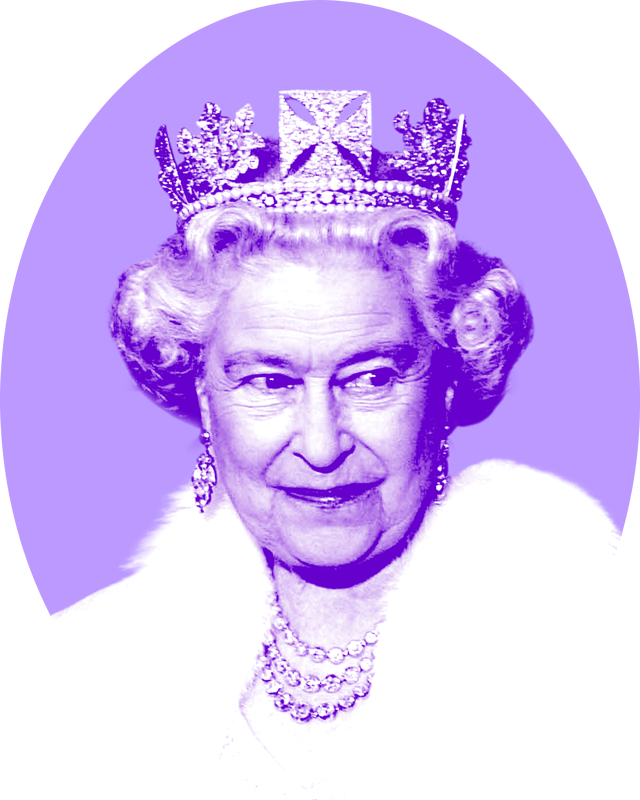
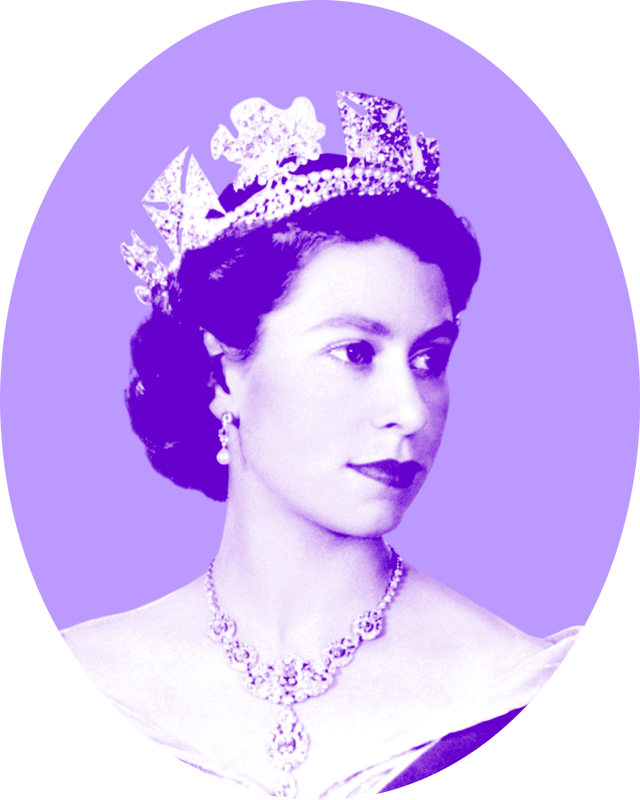














 When's the bank holiday to mark the Queen's 70-year reign?
When's the bank holiday to mark the Queen's 70-year reign?
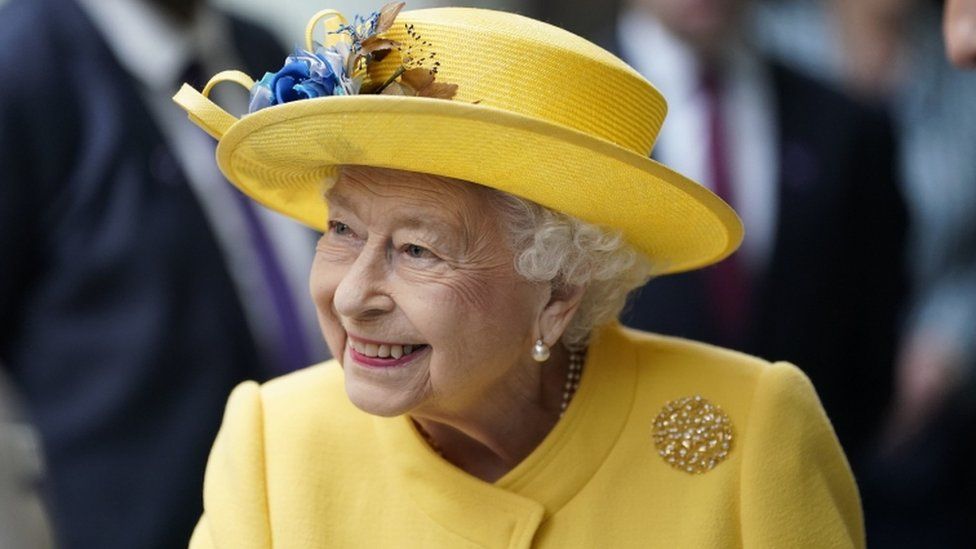 Who is in the Royal Family and how does it work?
Who is in the Royal Family and how does it work?
 Where does the Queen get her money?
Where does the Queen get her money?